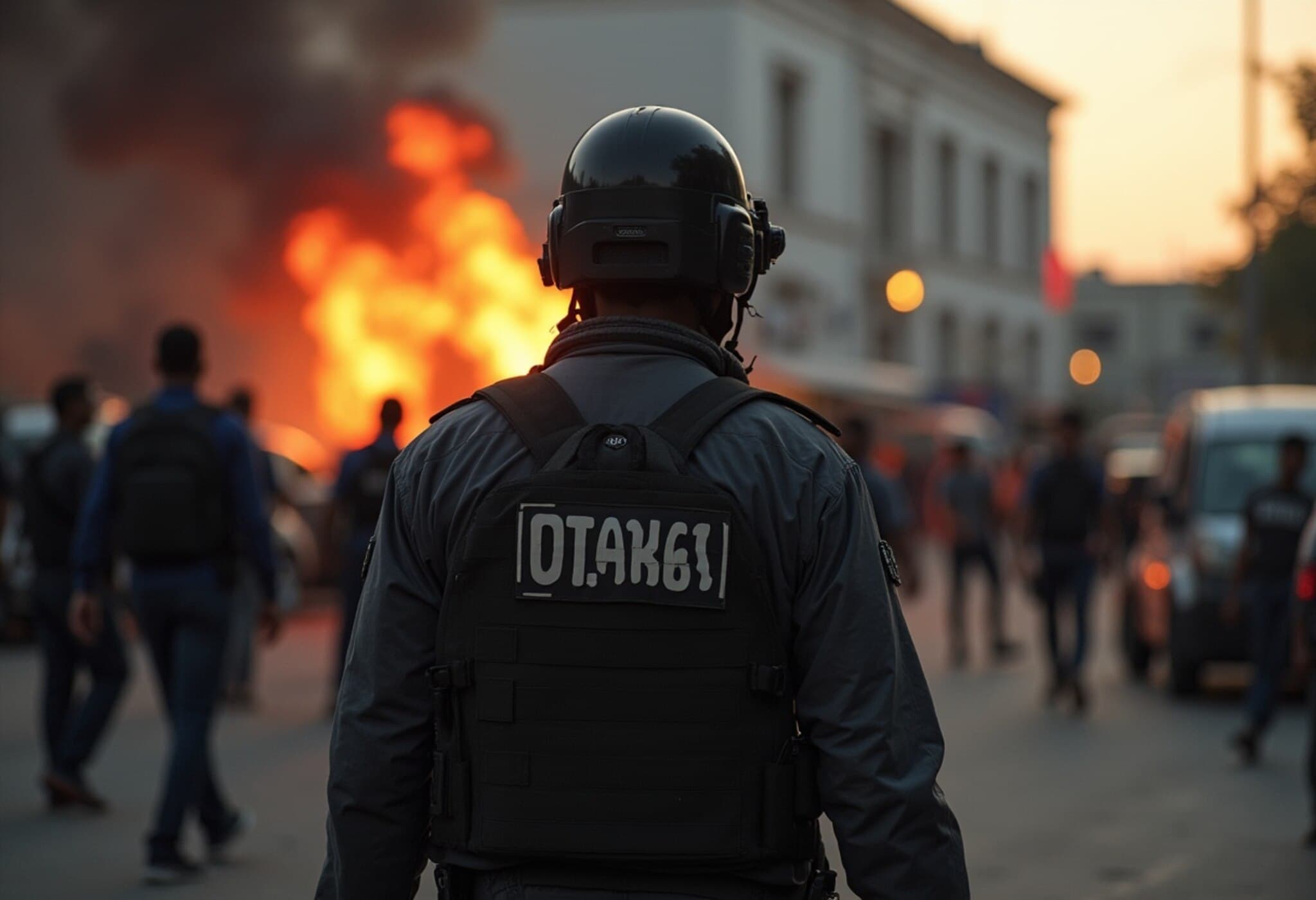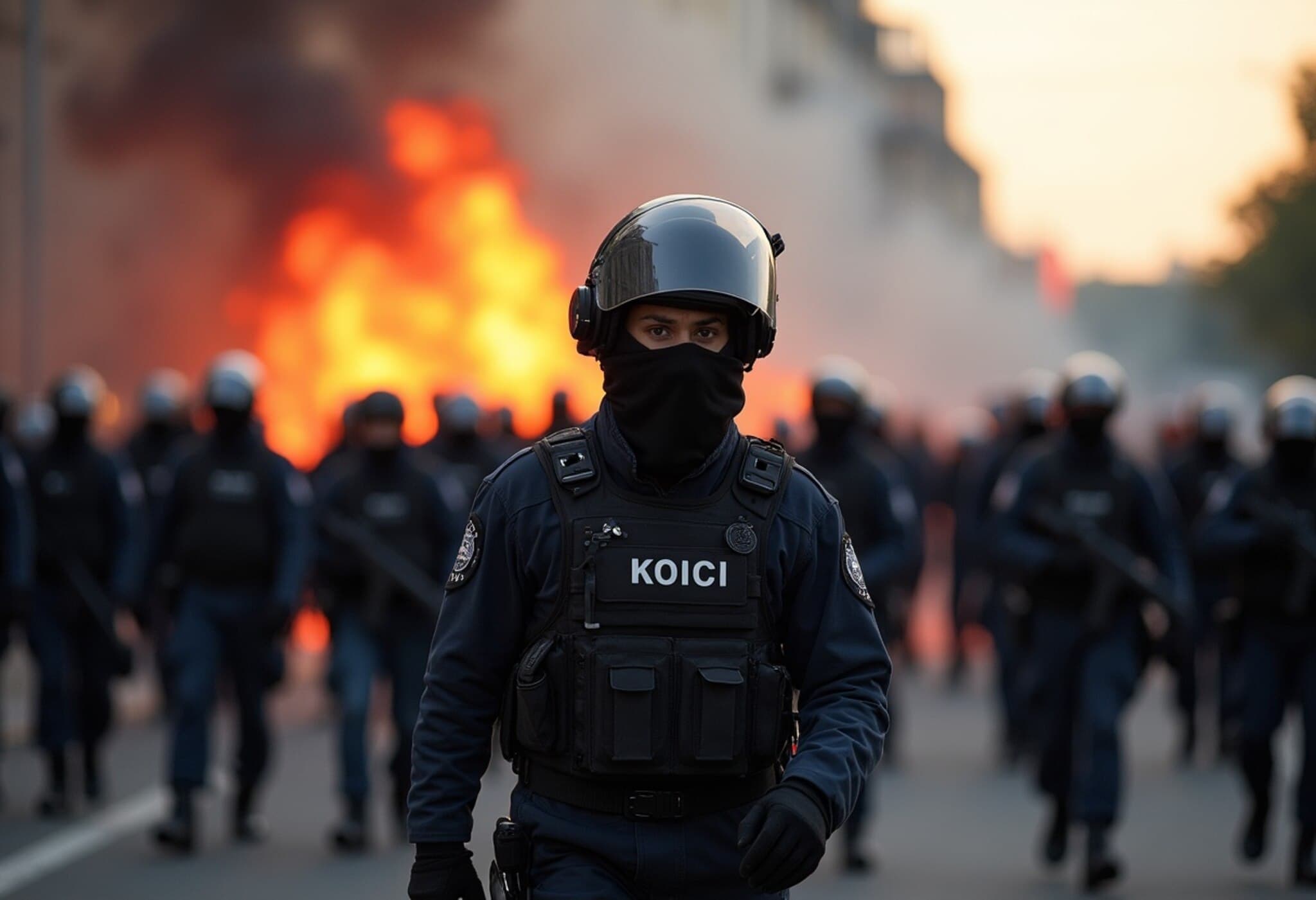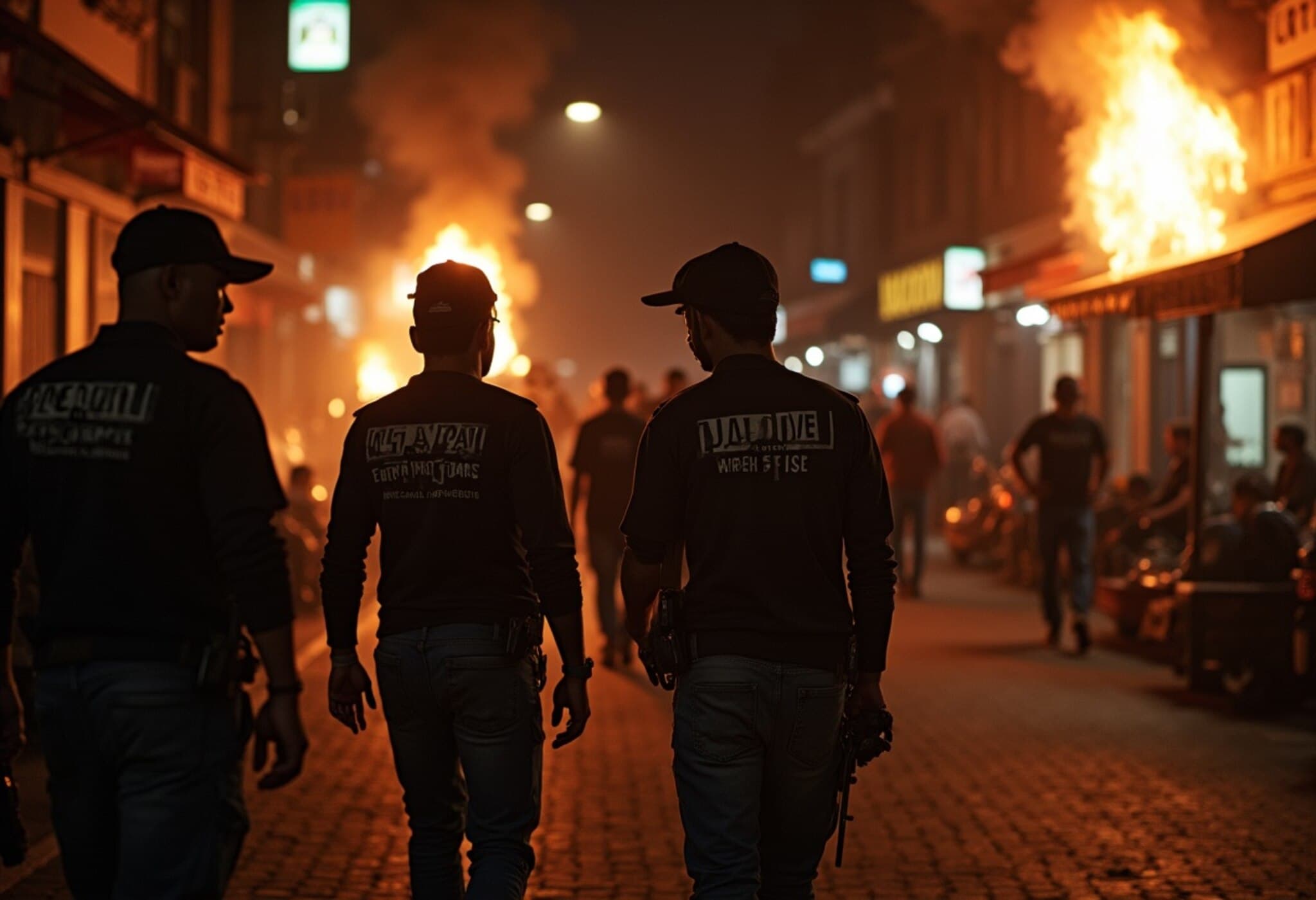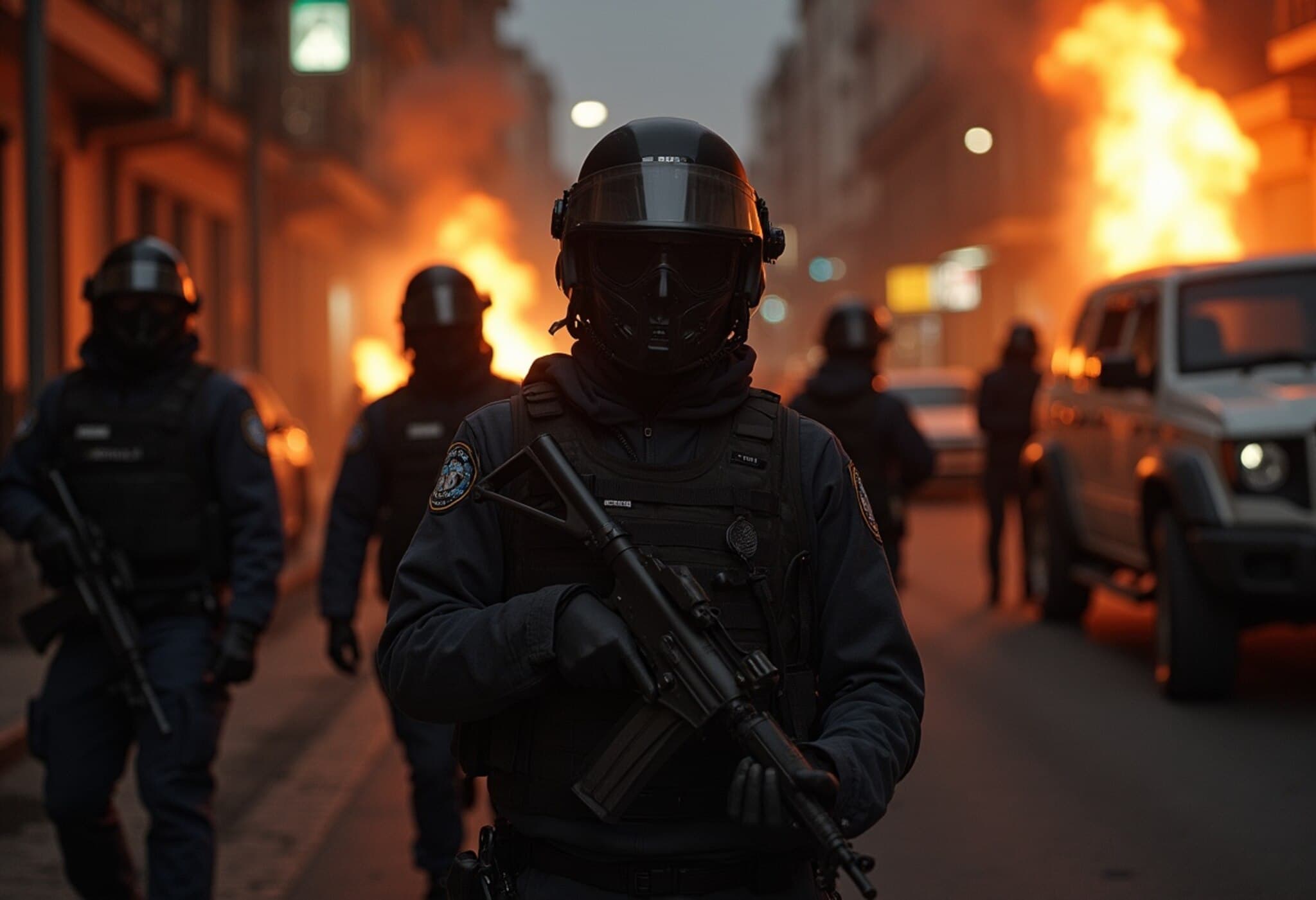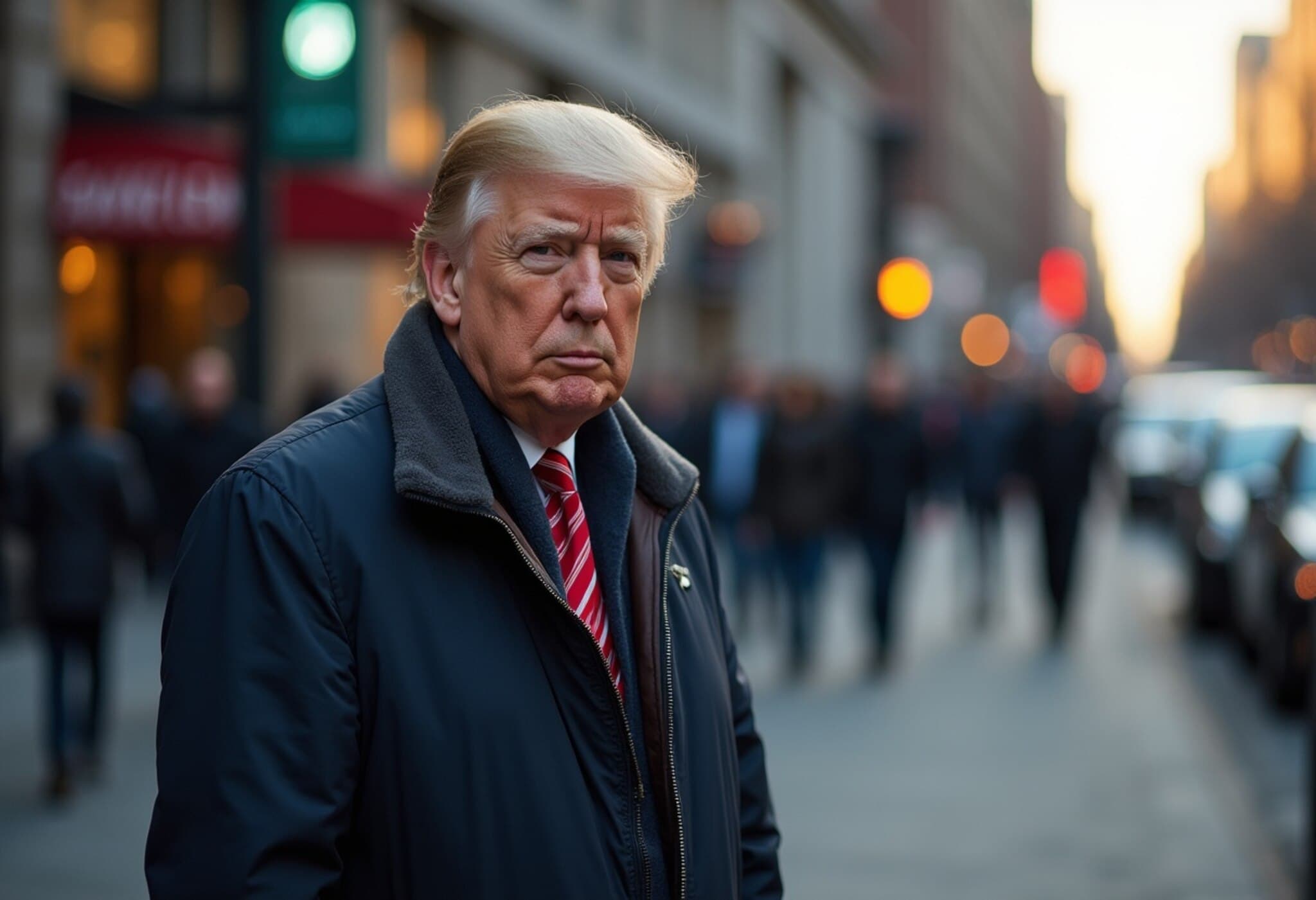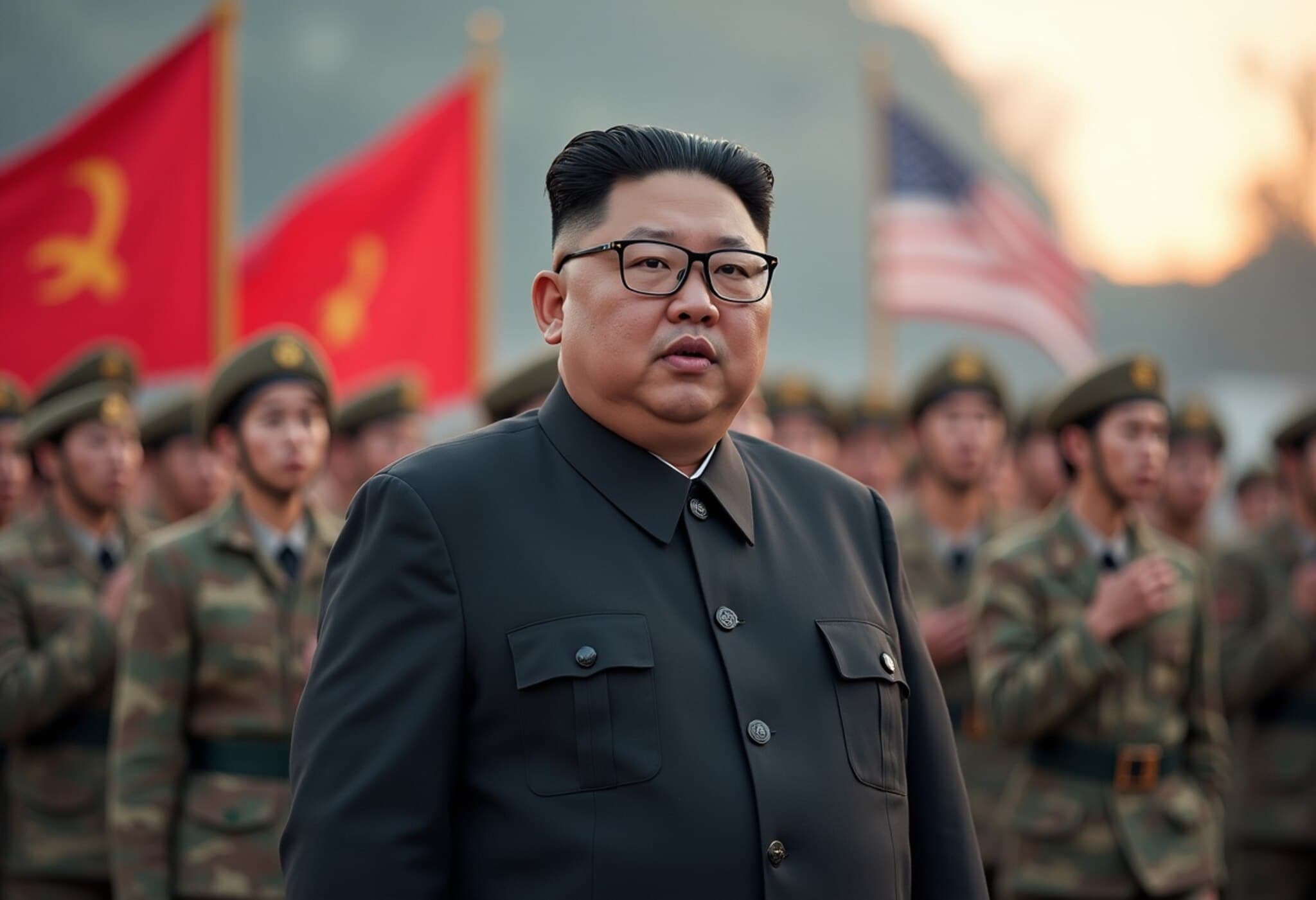Mass Shooting in Ecuador’s Santa Lucia Amplifies Growing Violence Crisis
In the early hours of August 11, 2025, the quiet town of Santa Lucia in Ecuador's Guayas province was shattered by a brutal mass shooting at the Napoles nightclub. The attack, which left eight people dead and three others injured, is believed to be linked to escalating organized crime amid a nationwide surge in violent crime.
Attack Details and Immediate Impact
Police Colonel Javier Chango reported that seven victims succumbed to their injuries on the scene while another died in hospital. The assailants arrived in two pickup trucks and unleashed a barrage of gunfire on patrons socializing outside the nightclub at approximately 1:15 a.m. local time. Their escape route remains unknown, but they left behind over 800 cartridge casings — a grim testament to the attack’s ferocity.
Among the deceased was Jorge Urquizo, the owner of the nightclub and brother of Santa Lucia’s mayor, further deepening community shock and grief. Authorities have not yet confirmed the motive, but Chango stressed that investigations remain broad, with all possibilities under consideration.
Context: Ecuador’s Escalating Violence Crisis
This horrific incident unfolds against a backdrop of alarming increases in violent crime throughout Ecuador, particularly linked to organized criminal groups vying for control over drug trafficking and territory. Earlier this week, President Daniel Noboa declared a two-month state of emergency in four provinces including Guayas, aiming to restore order amid a wave of gang-related violence.
Statistics paint a stark picture: Ecuador recorded 4,619 homicides in the first half of 2025, marking a startling 47% rise compared to the same period last year. The country’s 2023 homicide tally reached a record 8,008, soaring to a rate of 47 murders per 100,000 inhabitants — an alarming escalation from just 6.7 per 100,000 in 2020, according to data from the US Committee for Refugees and Immigrants.
Regional and Policy Implications
Experts highlight that Ecuador’s violence surge has far-reaching consequences, from undermining public safety and investor confidence to straining regional migration and law enforcement cooperation. The state of emergency represents a critical attempt to reassert state control, but analysts caution that sustainable solutions demand addressing root causes such as poverty, corruption, and the drug trade’s entrenchment.
In terms of policy, the government faces mounting pressure to enhance judicial capacity, implement community-based violence prevention programs, and foster stronger international collaboration — particularly with neighboring Colombia and Peru, known sources and transit routes for narcotics fueling these criminal networks.
What’s Next for Santa Lucia and Ecuador?
The tragic nightclub shooting spotlights the urgent need for effective security reforms in Ecuador’s rural and urban communities alike. Residents of Santa Lucia and beyond are grappling not only with loss but the fear that violent episodes may escalate further.
As investigations unfold, key questions remain: How will Ecuador balance tough law enforcement policies with social strategies? Can the government stem the tide of gang violence or are these symptoms of deeper, systemic challenges? And what role will international partners play in supporting Ecuador’s security and development goals?
Editor’s Note
This mass shooting serves as a somber marker of the ongoing violence crisis shaking Ecuador. While government measures signal commitment, the complexity of organized crime demands a multi-faceted approach encompassing justice reform, economic opportunity, and community resilience. Readers are encouraged to consider how similar patterns emerge globally and what lessons Ecuador’s experience might hold for nations confronting gang violence and public insecurity.


